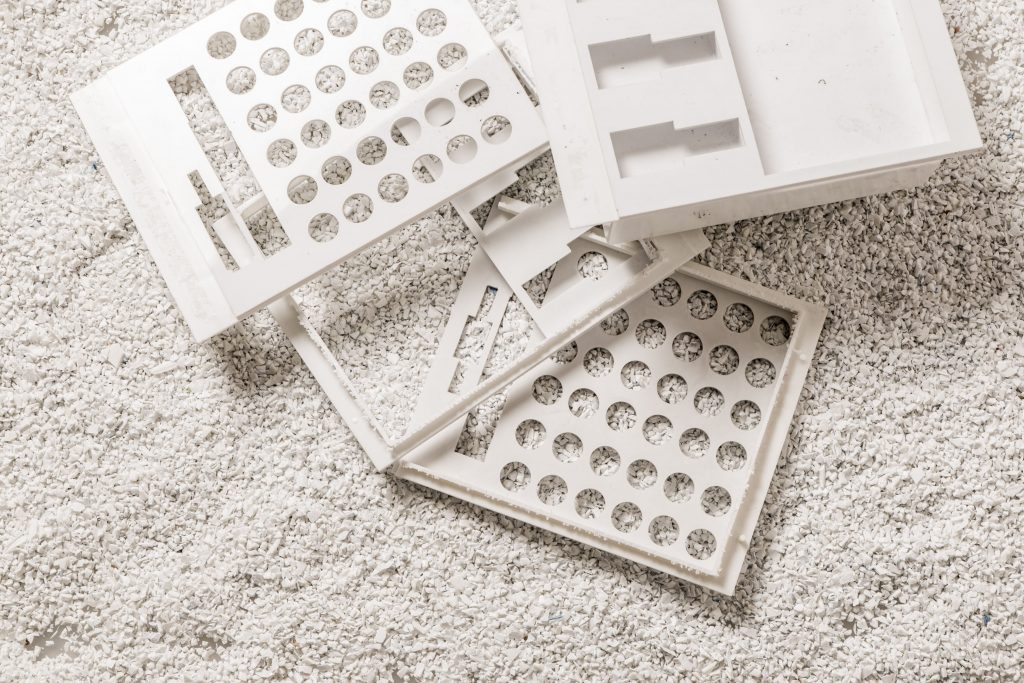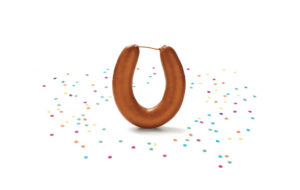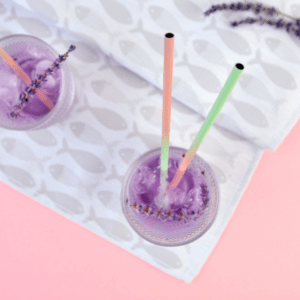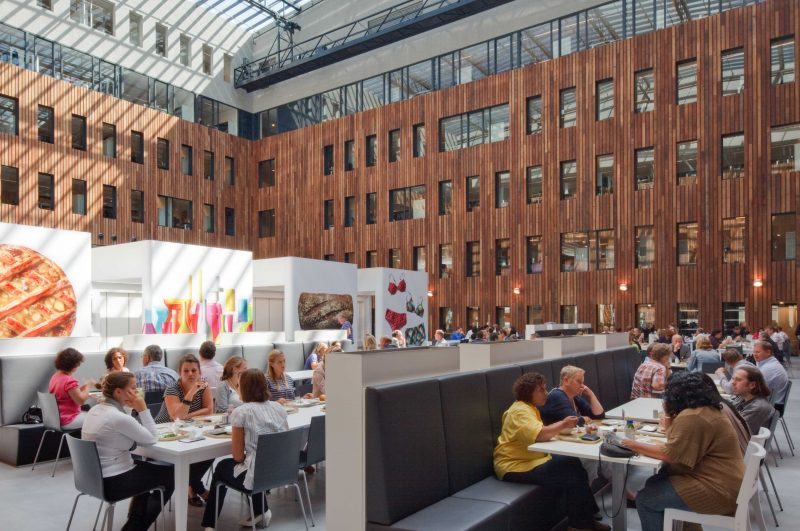
Recently we proudly presented our new collaboration partner: HEMA. This retailer has great ambitions in the field of sustainability. Earlier this year, HEMA announced to ban all single use plastics from their stores from 2020 onwards. How come sustainability is such an important topic for the company? And what can we expect in the future? Innovation manager Fabeel Butt provided us some inside info.
First of all: how did sustainability become such an important topic for you personally? And how did that guide you on your career path?
It all started during my bachelors in International Business. I did a minor in South Korea, where I followed several courses on globalization. I noticed how unfair the trade chains are divided and I wanted to do more research on that topic. That’s how I ended up at Fair-trade. After my internship, I was offered a job there and worked for the company for five years. As business development manager I worked with partners such as Tony’s Chocolonely and Ben & Jerry’s. 
At a certain point I realized I was interested to find out how I could make an impact from within a brand or retailer. As I would be in a position to contribute to strategy and policy. I did this at supermarket chain Lidl for a short period of time. Soon afterwards, I started working for HEMA, and have been working here for almost three years.
What is the best thing about working for HEMA?
HEMA has a young, dynamic team. Working here offers a lot of possibilities and taking initiative is appreciated. In addition to the set goals there’s room for me to develop new projects like this one. Our collaboration with Too Good To Go, the app that aims to prevent food waste, is another example.
 HEMA announcing their collaboration with Too Good To Go
HEMA announcing their collaboration with Too Good To Go
(Image via HEMA.nl)
You recently changed roles within HEMA. What’s the difference between being Sustainability manager and Innovation manager?
As Sustainability manager I was responsible for the policy and implementation of raw materials. In my current role, I am researching new business models. This involves answering questions. For instance: what would the customers of the future want? And how can we anticipate and respond to this? Many of these innovations have common ground with sustainability. Therefore, the two meet within the Innovation and Sustainability team.
What does a typical day look like for you?
In the innovation department, we are currently working with a ‘core team’. It’s a multidisciplinary team of colleagues (including experts in the field of digital innovation, new services and sustainability) and a third party. The core team is responsible for validating new concepts with our target audience, and bringing the pilot to a successful conclusion. We are currently working on setting up a service for young parents. Have a look on lab.hema.nl to find out more.
Why is sustainability such an important topic for HEMA?
As a retailer, we have a certain responsibility with regard to sourcing our products. We want to know where our products come from and from what materials they are made of. In addition, we receive more and more questions from our customers on this topic. Take our use of plastic, for example. A lot of customers are sharing their concerns with us. I think we should have the right answers to their questions.
 Reusable straws
Reusable straws
(image via the HEMA instagram)
HEMA has recently announced that it will replace all its disposable plastic products with more sustainable alternatives. Quite a drastic decision. How did this come about?
Firstly, it will be obligated by law from 2021. However, we felt that it would be feasible to make a move earlier. Ambitious as we are, we decided to be one year ahead of legislation. We’ve set a target for nine assortment groups. At the moment, we are still on track to achieve that goal.
Why are HEMA and vanPlestik a good match?
”We both think in terms of possibilities instead of limitations. vanPlestik is a frontrunner when it comes to circularity and demonstrating that waste can serve as a valuable raw material for a new product.”
vanPlestik has a good business sense and contributed in setting up a business case that works for both parties. It provides vanPlestik a good learning process that is cost-effective at the same time. Furthermore, it offers us an affordable alternative to conventional solutions.
Can you tell us something more about how our collaboration came about?
One of my ambitions was to turn the HEMA Support Office into a zero waste office. At the moment we are not separating the waste well enough. Together with vanPlestik we have found a solution to this problem. The next step is to change the mindset of my colleagues.
 Hema Support Office (image via ndsm.nl)
Hema Support Office (image via ndsm.nl)
What are HEMA’s plans for sustainability for the rest of 2019?
This summer we will introduce a number of products made of recycled plastic. In addition, there will be several launches in the field of food, such as vegan options. Besides that, we’re going to make our packaging more sustainable. It will increasingly be made of recycled plastic instead of conventional plastic.
If you may dream, what will HEMA look like in 10 years (in terms of sustainability)?
In ten years we have made big steps in the field of circularity and we will have progressed in making our products more sustainable. At the moment; products are being made, used and subsequently not recycled. In this process, material is lost. In the future, we will recycle more and more raw materials from the products we sell. Ideally we should have a minimal impact on the climate and can ultimately make a positive change to society and the environment.
Curious what our collaboration with HEMA will look like exactly? Keep an eye on our social media to stay up to date!






